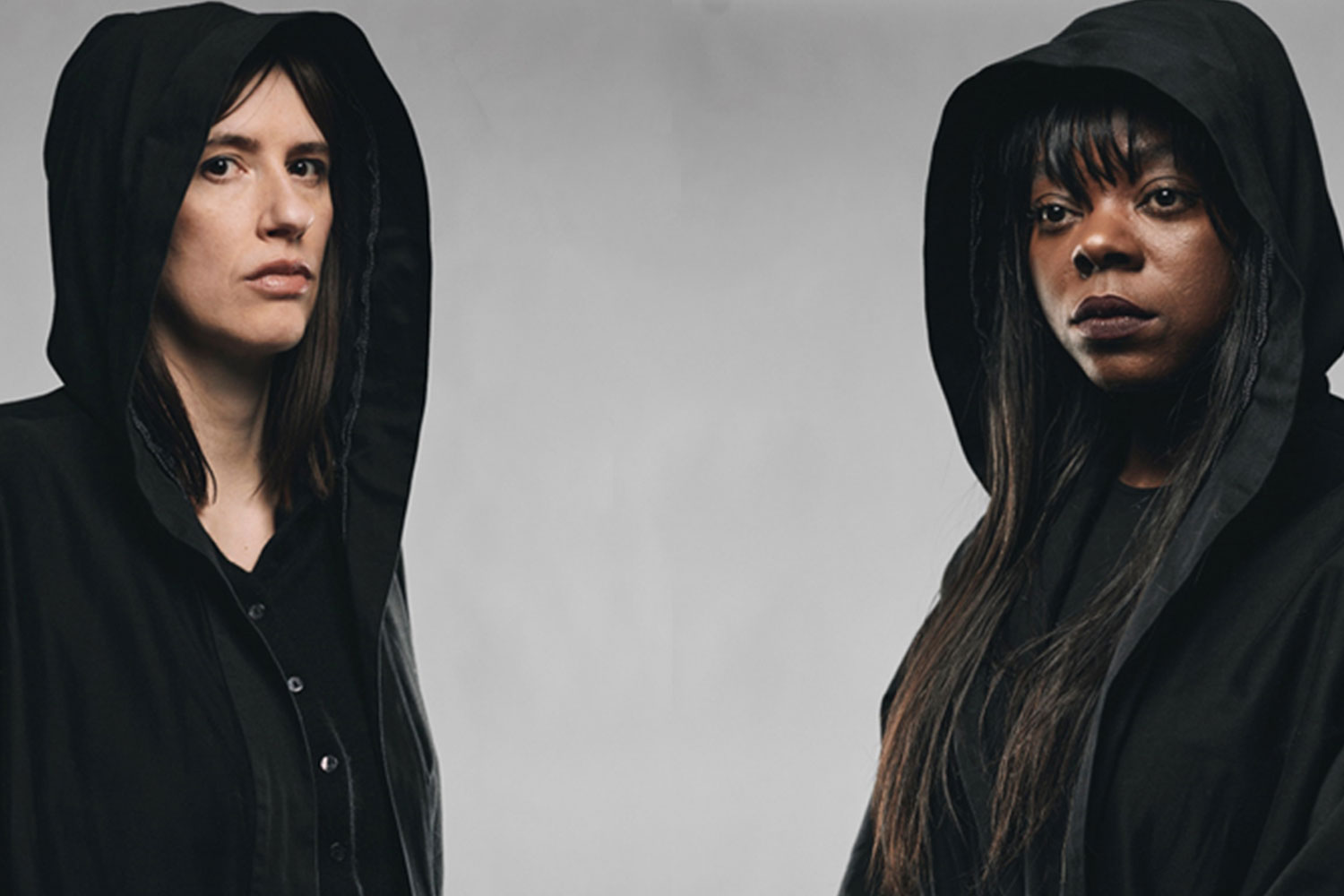Tosca
In recent months, English National Opera has experimented with novel production concepts, film directors, theatre directors, video projections and, memorably, a giant naked woman with singer-sprouting orifices for Ligeti’s Le Grand Macabre. But in the month the Conservatives triumphed at the polls, a coincidence of timing sees conservatism of a different stripe emerging victorious at the Coliseum. Little in recent memory has hit the mark so consistently and so truthfully as the simple, traditional storytelling of diva-turned-director Catherine Malfitano.
Malfitano was once a formidable Tosca in her own right. A 1992 TV version partnered her with Placido Domingo in the opera’s actual locations at the precise times specified in the plot.
Malfitano doesn’t go quite this far for her own production – conservatism no doubt reared its head in the budget too. Frank Philipp Schlössmann’s spare, naturalistic sets evoke no more than a sense of original place as defined by key details; it’s not documentary reproduction or lazy decoration for its own sake. The first act has pillars for eavesdropping, Cavaradossi’s painting in progress, a chapel door to hide the fugitive Angelotti. The second, even barer, has little but a couch and table. Most striking is the third act’s Castel Sant’Angelo, laid on its side as if we are gazing upwards through its winding staircase to the battlements and deep blue heavens beyond. Tosca’s final leap gains a literal and metaphorical change of perspective as she launches herself into eternity. It’s the first and last time Malfitano departs even slightly from convention, but what her production lacks in adventure it makes up for in sheer quality.
This isn’t Amanda Echalaz’s first Tosca, but with the benefit of Malfitano’s experience it’s her most detailed and convincing portrait to date. Her bold and thrilling voice swoops from irrational jealousy to apology to passion as if she’s living every moment of it. Edmund Tracey’s lumpy English translation lends a Mills and Boon mawkishness to her Vissi d’arte but despite this Echalaz lets Tosca’s awkward blend of pride and vulnerability shine through.
The clarion tenor of Julian Gavin makes an ardent Cavaradossi. A palpable chemistry with Echalaz helps too. Anthony Michaels-Moore was an elegant but unscary Scarpia whose darkly sinister minions generated more menace with a swirl of their capes than he could with a death threat.
But perhaps the greatest achievement of all was Edward Gardner’s inspired, almost possessed, conducting. Superbly balanced ‘incidental’ sounds of cannon and church bells evidenced meticulous planning, but Gardner was alive to every twist and turn in the unfolding drama, matched every fearless step of the way by the ENO orchestra and chorus.
– Jenny Beeston










